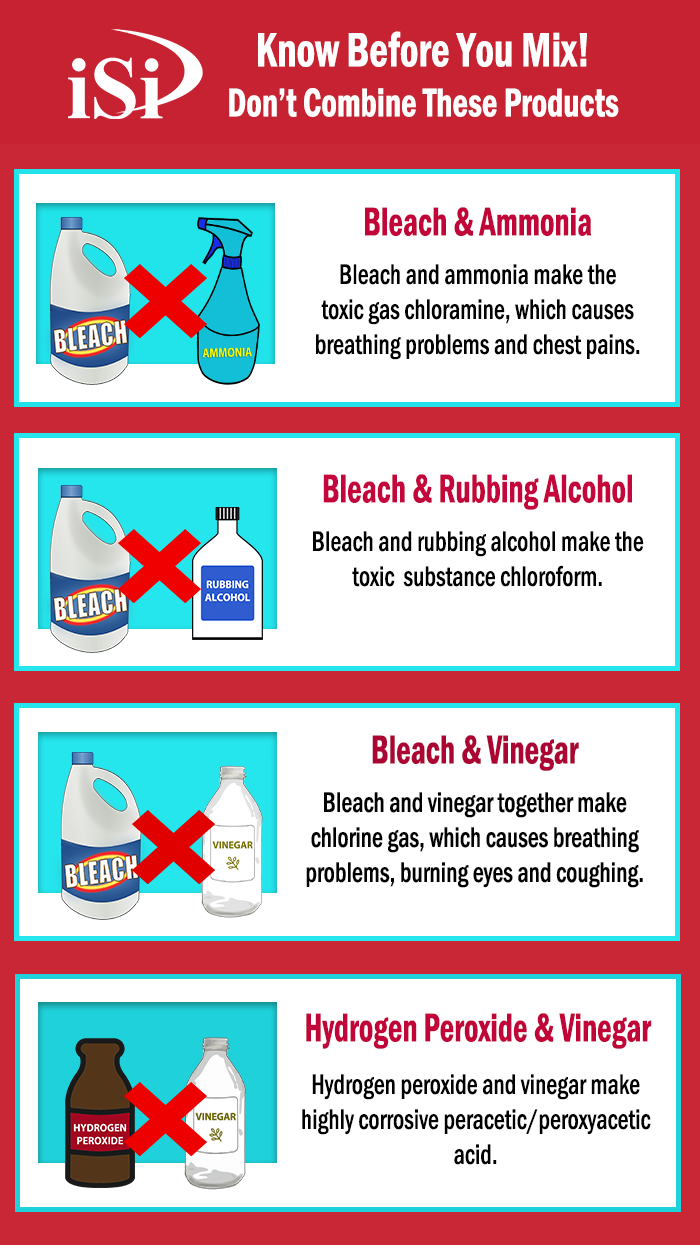Teeth Bleach Safety: Avoid Gum Burn

The pursuit of a dazzling smile has led many to explore teeth bleaching as a means to achieve those pearly whites. However, one of the most common concerns associated with this cosmetic procedure is the risk of gum burn or irritation. This unwanted side effect can not only be painful but also deter individuals from pursuing the very treatment designed to boost their confidence. Understanding the safety aspects of teeth bleaching, particularly in relation to gum burn, is crucial for those considering this option.
The Chemistry Behind Teeth Bleaching
Teeth bleaching involves the use of peroxide-based bleaching agents. These agents penetrate the tooth enamel to reach the dentin, where they break down stains and whiten the tooth. The most common active ingredients in teeth bleaching products are carbamide peroxide and hydrogen peroxide. Carbamide peroxide breaks down into hydrogen peroxide and urea, with hydrogen peroxide being the active bleaching agent. The concentration of these ingredients can vary, influencing both the effectiveness of the treatment and the risk of side effects like gum burn.
Understanding Gum Burn
Gum burn, or chemical burns on the gums, can occur when the bleaching agent comes into contact with the gum tissue. This contact can cause inflammation, redness, and pain. The risk of gum burn is higher with higher concentrations of bleaching agents and prolonged exposure times. Individuals with pre-existing gum recession or sensitive teeth and gums may be more susceptible to this issue.
Safety Measures to Avoid Gum Burn
Several safety measures can be taken to minimize the risk of gum burn during teeth bleaching:
Professional Supervision: Bleaching under the supervision of a dental professional is the safest method. Dentists can customize the bleaching treatment, ensuring the right concentration and application method to minimize risks.
Custom-Fitted Trays: For at-home bleaching, using custom-fitted trays can help prevent the bleaching agent from coming into contact with the gums. These trays are made from impressions of your teeth, providing a precise fit.
Gel or Strip Placement: When using over-the-counter bleaching strips or gels, carefully follow the instructions to avoid overlapping the gel onto the gums.
Lower Concentration Products: For those prone to sensitivity or gum burn, starting with lower concentration products and gradually increasing as needed and under professional guidance can help mitigate risks.
Desensitizing Toothpastes: Using desensitizing toothpastes before, during, and after the bleaching process can help reduce tooth sensitivity, which is often associated with gum burn.
Comparative Analysis: Professional vs. At-Home Bleaching
When considering teeth bleaching, one of the most critical decisions is whether to opt for professional bleaching at a dental office or to use at-home bleaching kits. Professional bleaching offers several advantages, including:
- Controlled Environment: The dentist can control the concentration of the bleaching agent and the duration of the treatment, significantly reducing the risk of gum burn.
- Customization: The treatment can be tailored to the individual’s needs, including the use of desensitizers and protective barriers for the gums.
- Immediate Care: Any side effects, such as gum burn, can be addressed immediately by the dentist.
At-home bleaching kits are more convenient and less expensive but require strict adherence to the instructions to avoid complications. They often come with a one-size-fits-all approach, which may not provide the best fit for every user, potentially increasing the risk of gum burn.
Future Trends in Teeth Bleaching Safety
The future of teeth bleaching is moving towards more personalized and safer treatments. Advances in dentistry are focusing on developing bleaching agents that are not only more effective but also gentler on the gums and tooth enamel. Laser teeth whitening, for example, uses a laser to enhance the effect of the bleaching agent, potentially reducing treatment time and minimizing exposure to the gums.
Decision Framework for Safe Teeth Bleaching
For individuals considering teeth bleaching, the following steps can help ensure a safe and effective treatment:
- Consult a Dentist: Before starting any bleaching treatment, consult with a dentist to discuss the best options for your specific needs and to identify any potential risks.
- Choose the Right Product: Whether opting for professional or at-home bleaching, choose products that are approved by dental associations and follow the instructions carefully.
- Monitor Progress: Keep track of any sensitivity or gum burn during the treatment and adjust the product or seek professional help if necessary.
- Aftercare: Follow post-treatment care instructions to maintain the health of your teeth and gums.
FAQ Section
What is the safest concentration of hydrogen peroxide for teeth bleaching at home?
+The safest concentration for at-home use is typically considered to be around 10% carbamide peroxide, which breaks down to about 3.5% hydrogen peroxide. However, it's crucial to follow the product's instructions and consult a dentist if unsure.
How can I minimize the risk of gum burn during teeth bleaching?
+To minimize the risk of gum burn, use custom-fitted trays, avoid overlapping bleaching gel onto the gums, and consider desensitizing toothpastes. Professional supervision is also highly recommended for a safe and effective treatment.
Can teeth sensitivity be a sign of gum burn during bleaching?
+Yes, teeth sensitivity can sometimes be associated with gum burn during the bleaching process. If you experience sensitivity, it's a good idea to pause the treatment and consult a dental professional for advice.
In conclusion, while teeth bleaching can be an effective way to achieve a brighter smile, it’s essential to approach the treatment with an understanding of the potential risks, particularly gum burn. By taking the necessary safety measures, choosing the right products, and considering professional supervision, individuals can minimize these risks and enjoy the benefits of a whiter, healthier-looking smile. Remember, safety and effectiveness in teeth bleaching are closely linked to the quality of the treatment and the care taken to protect your gums and teeth throughout the process.
